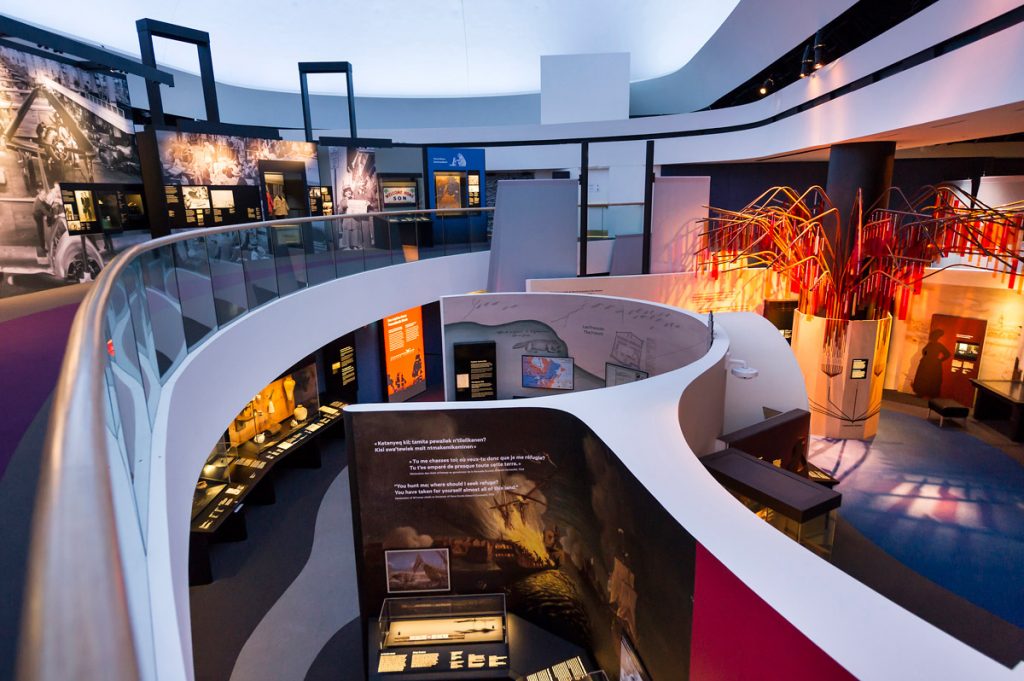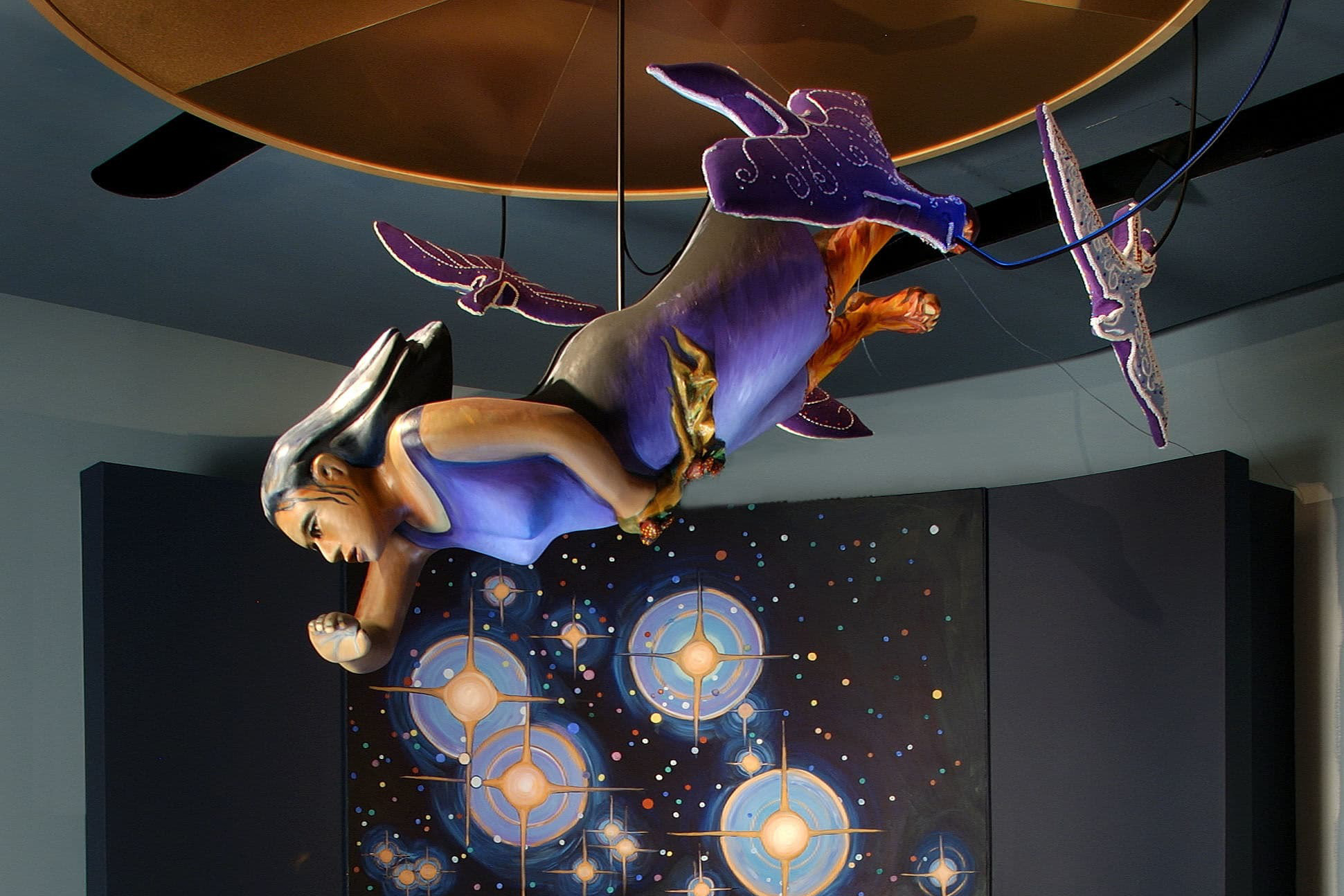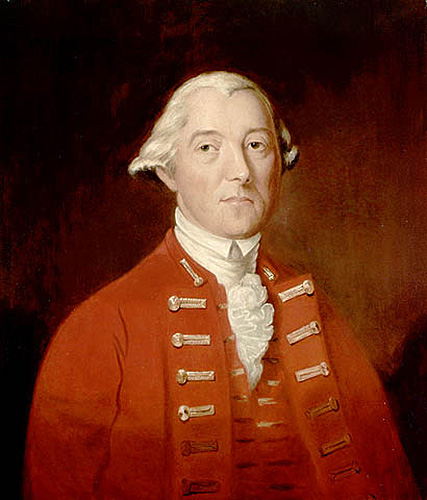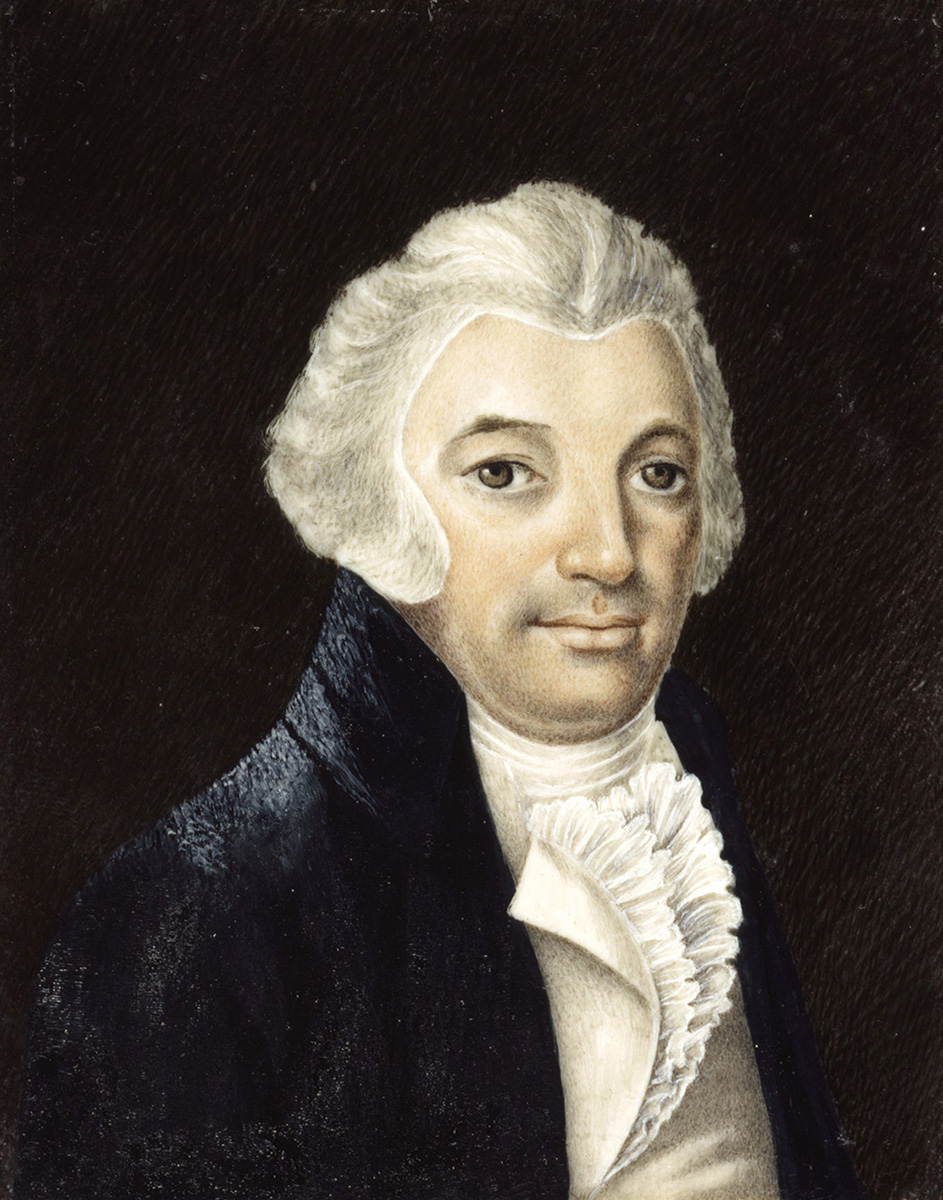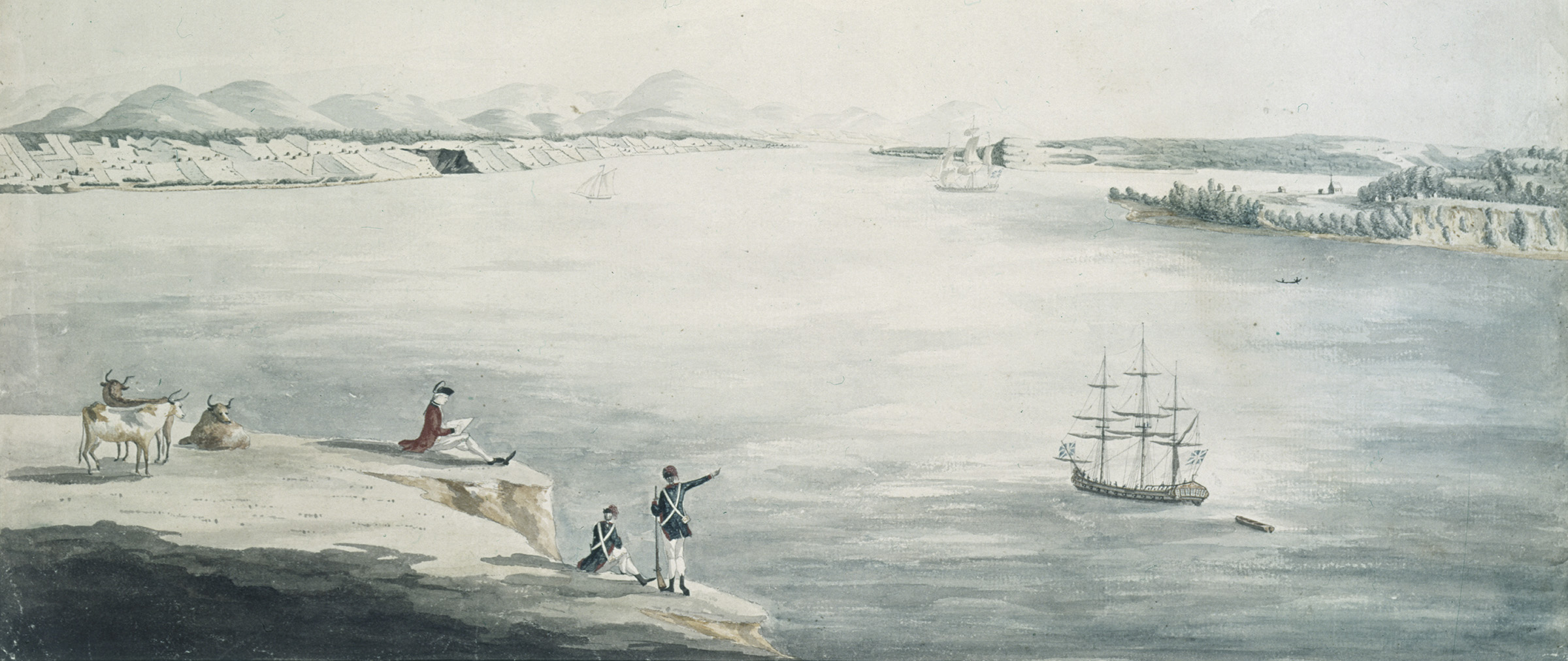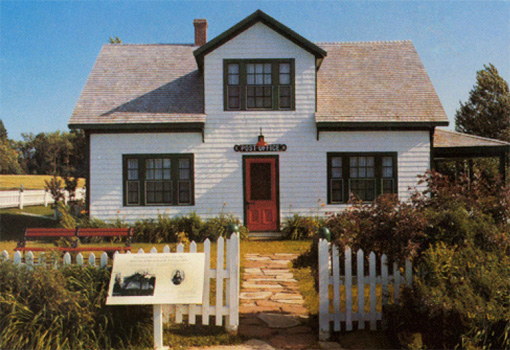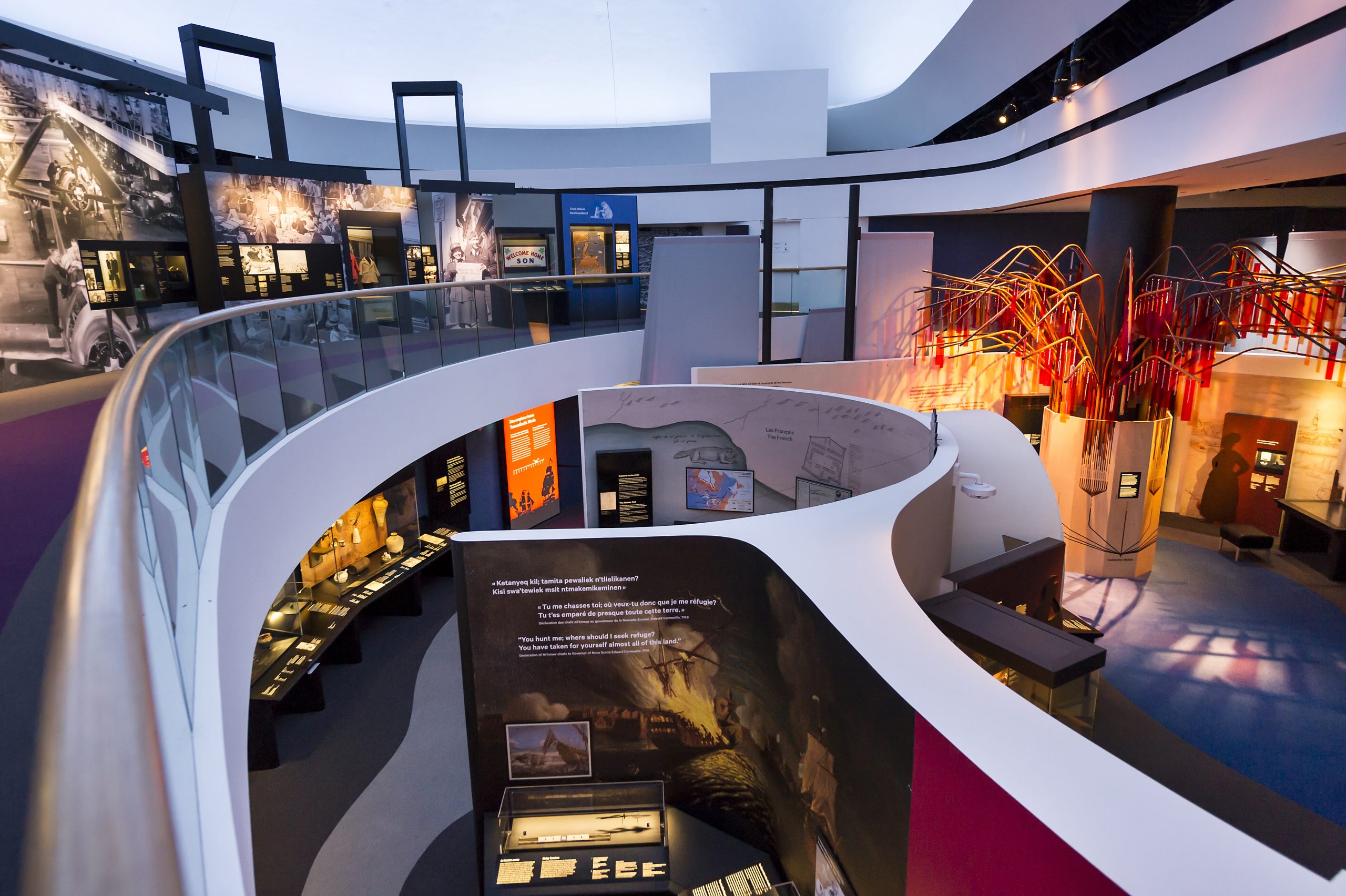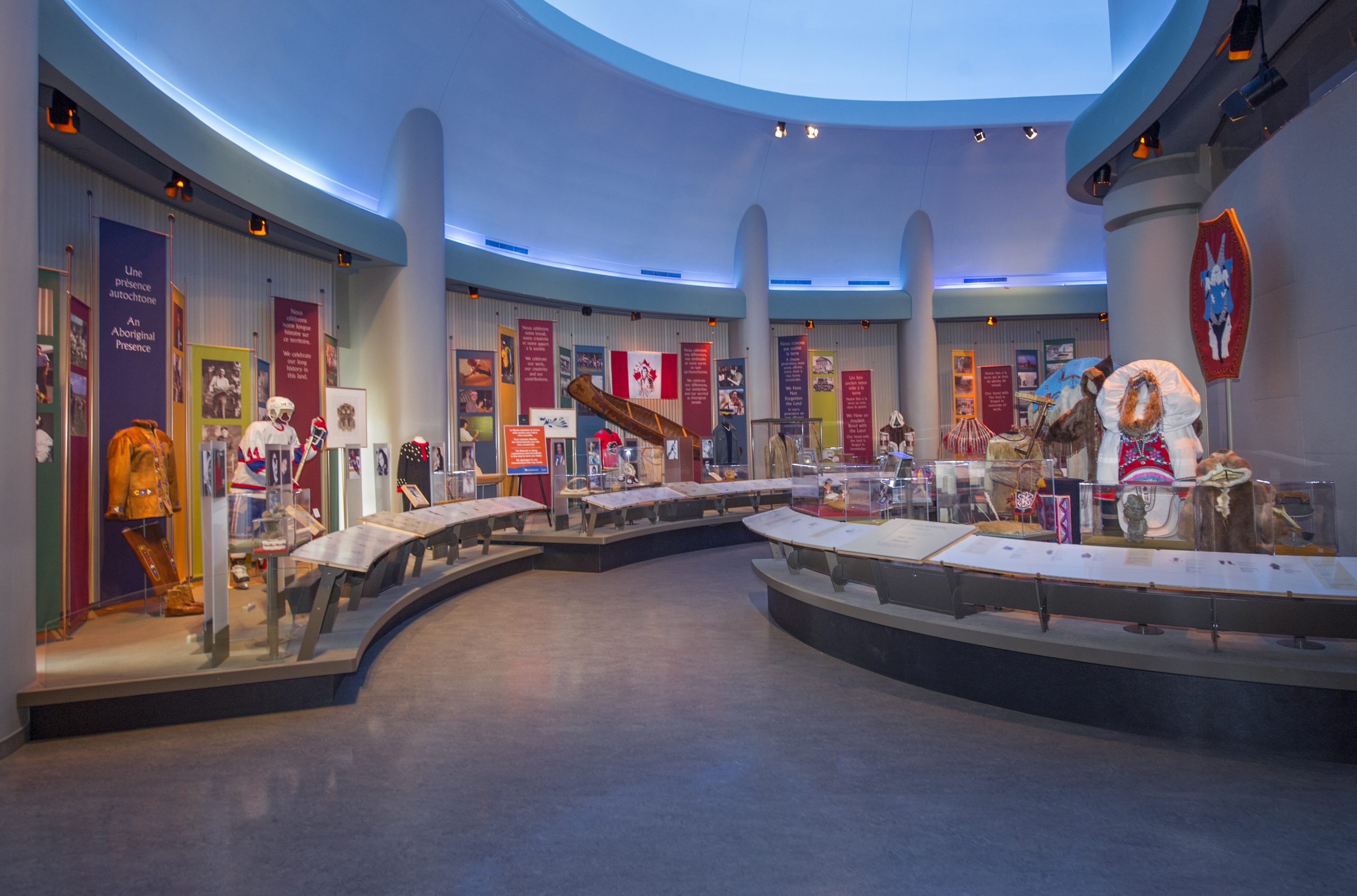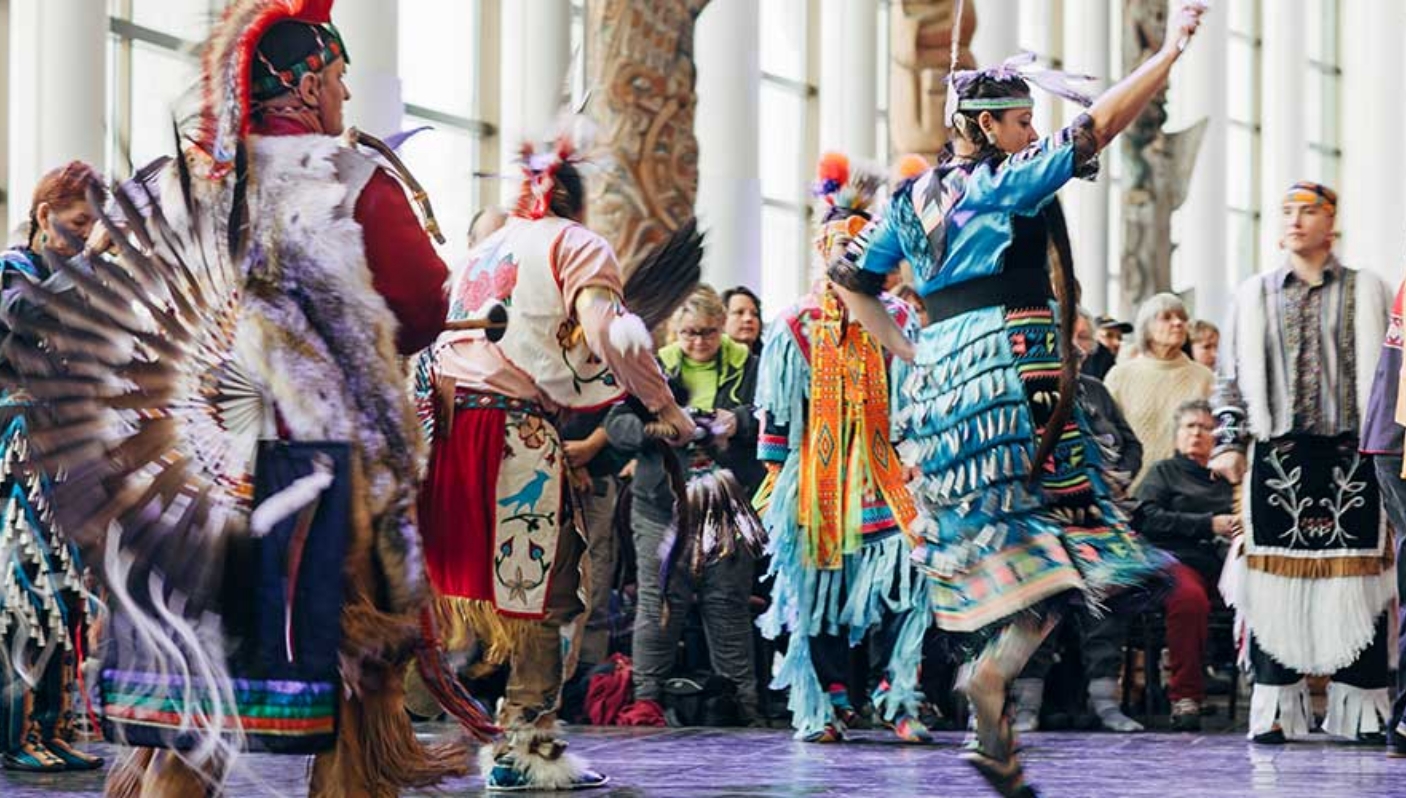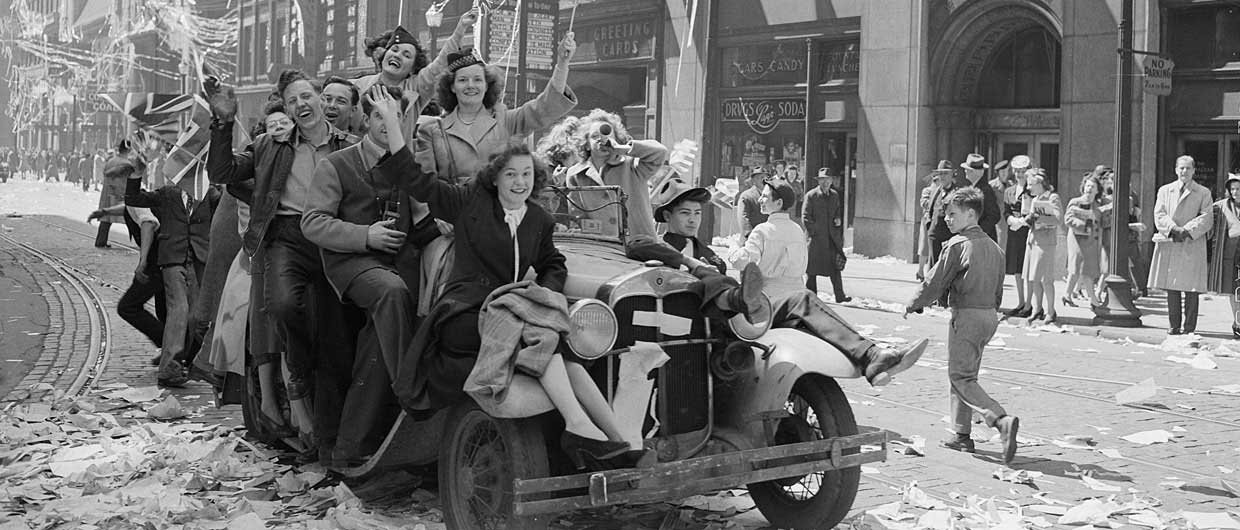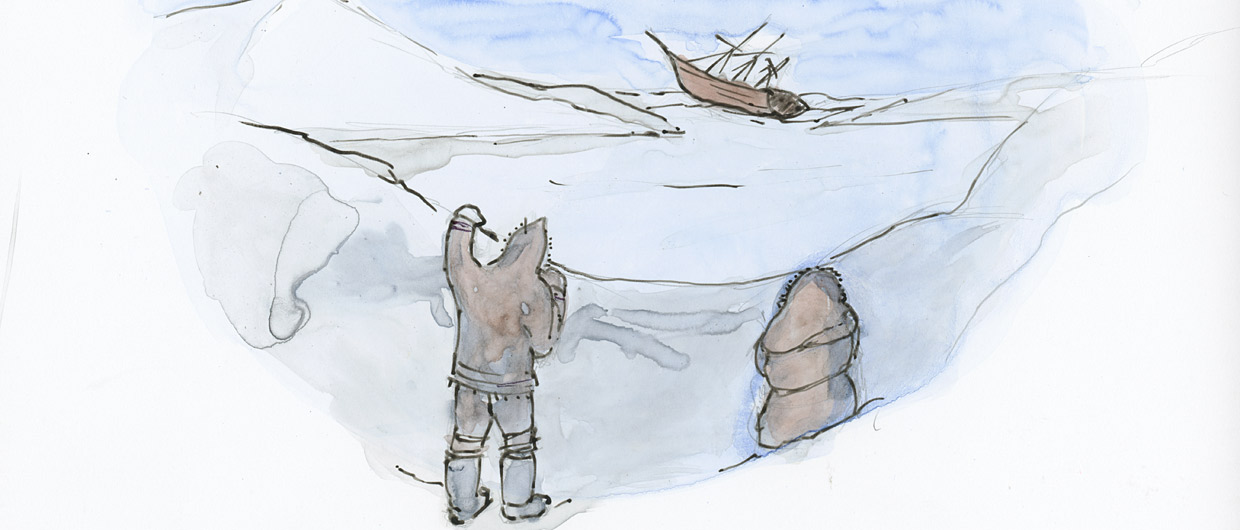Cards Module
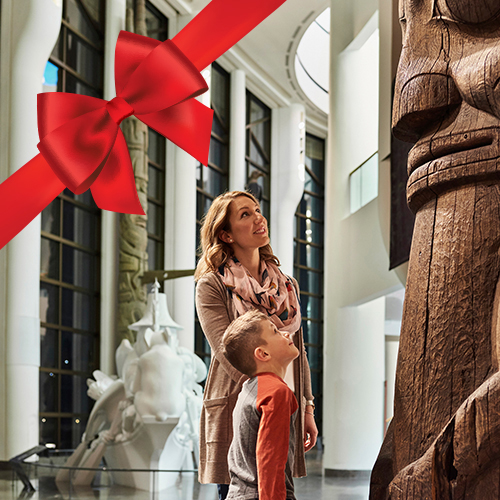
Cards Module - Membership
Membership price: $100
Become a Member today and enjoy unparalleled access to two of Canada’s most renowned cultural institutions.
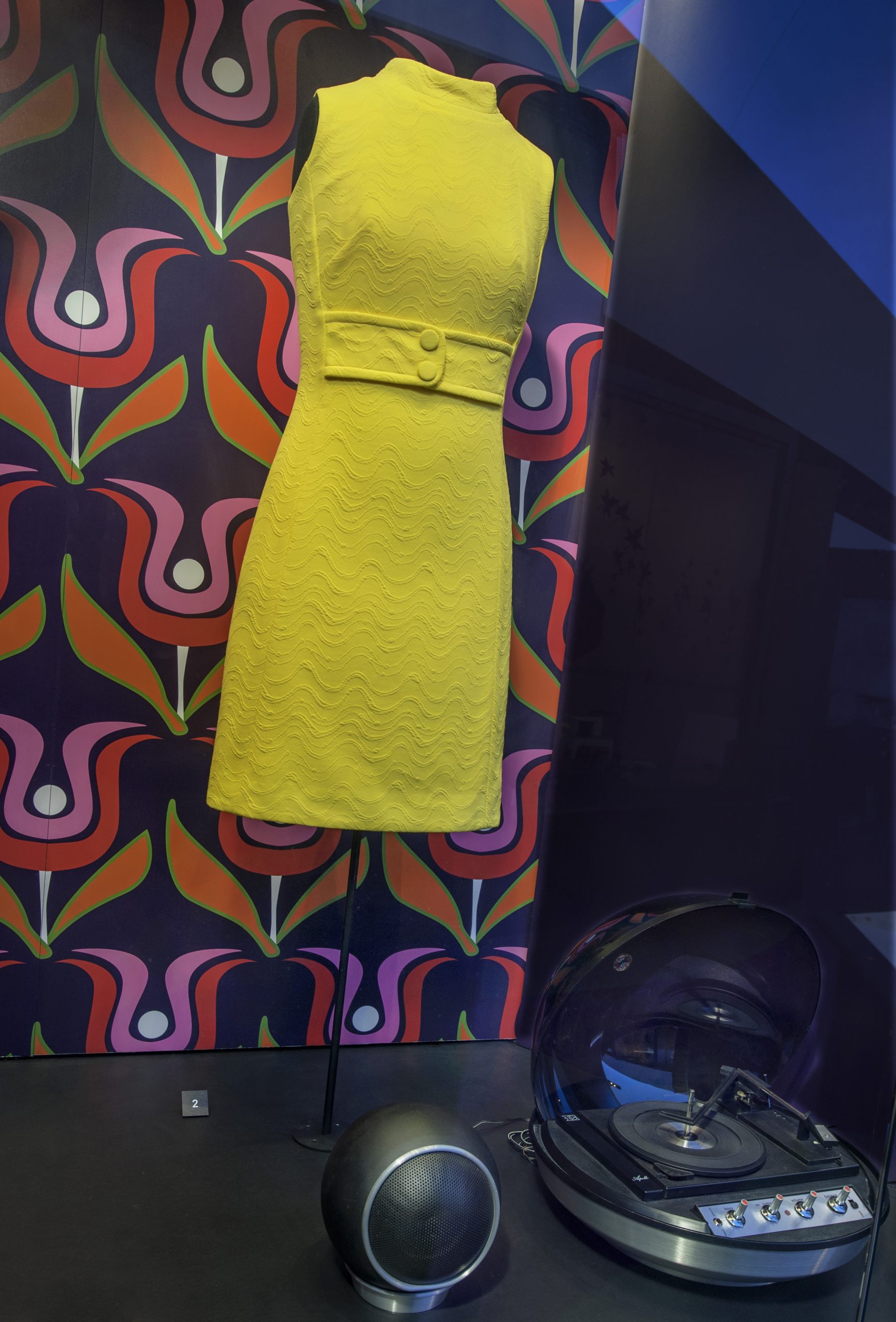
Blog
Copy - Enjoy Reading Your Kudos! Newsletter – Summer 2023 (SH)
Feb. 1, 2023
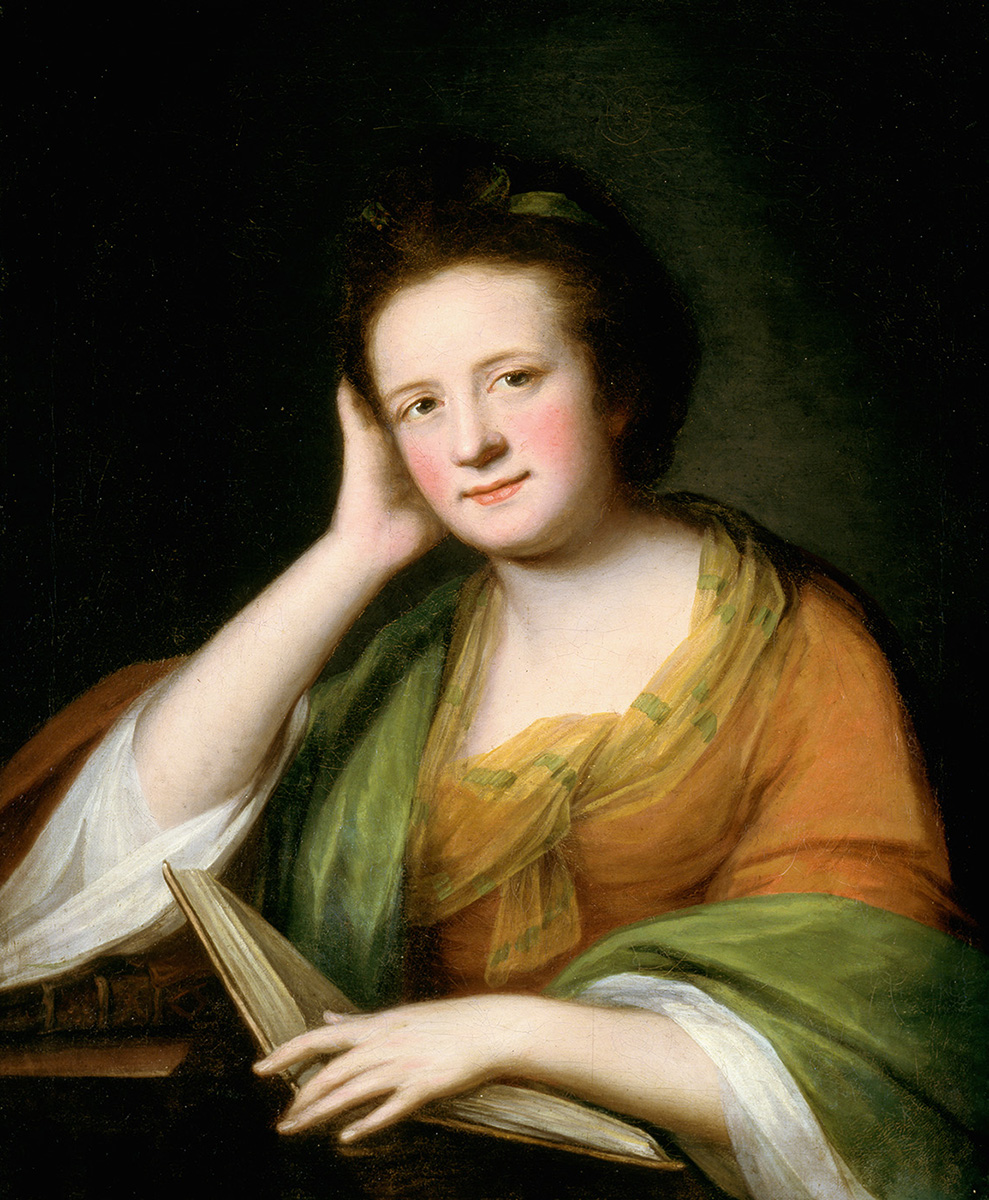
Cards Module - Manual content - FRANCES BROOKE
PORTRAIT OF FRANCES BROOKE
Catherine Read, around 1771
Library and Archives Canada, 1981-88-1
Frances Brooke wrote Canada’s first novel, The History of Emily Montague. Brooke moved to Québec City in 1763 to join her husband, a military chaplain. They remained until 1768.
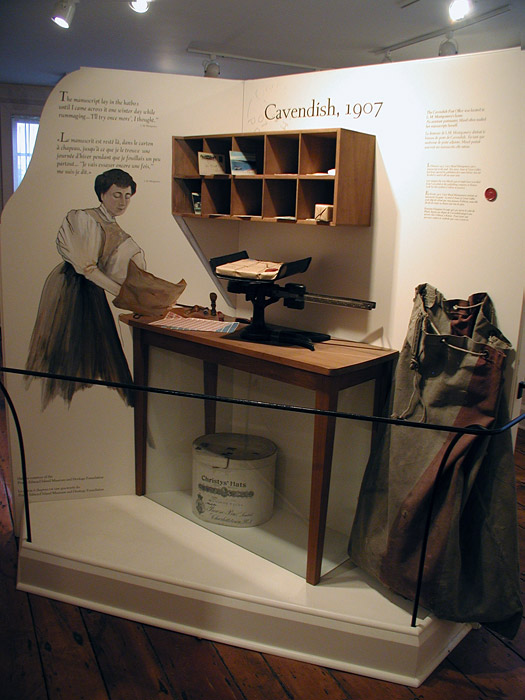
Travelling exhibition
Copy - The Ones We Met - Inuit Traditional Knowledge and the Franklin Expedition (SH)
The safety and security of visitors remain a top priority. Our travelling exhibitions have been
Cards Module 2

Cards Module - Manual content - Seven Sacred
Follow a young boy on an Indigenous rite of passage: a vision quest. Through his spiritual journey, he meets seven animals, each revealing a foundational value of Indigenous culture: Buffalo tells him how the essence of respect is the act of giving. Eagle, how to always act in love. Bear encourages

Cards Module - Manual content - Frozen Planet
At the very top of the globe lies a spectacular, frozen realm. But don’t be fooled by appearances… this place is not frozen in time. It’s a dynamic ecosystem and for thousands of years, its indigenous people and wildlife have found ways to survive and live in harmony with these extremes.
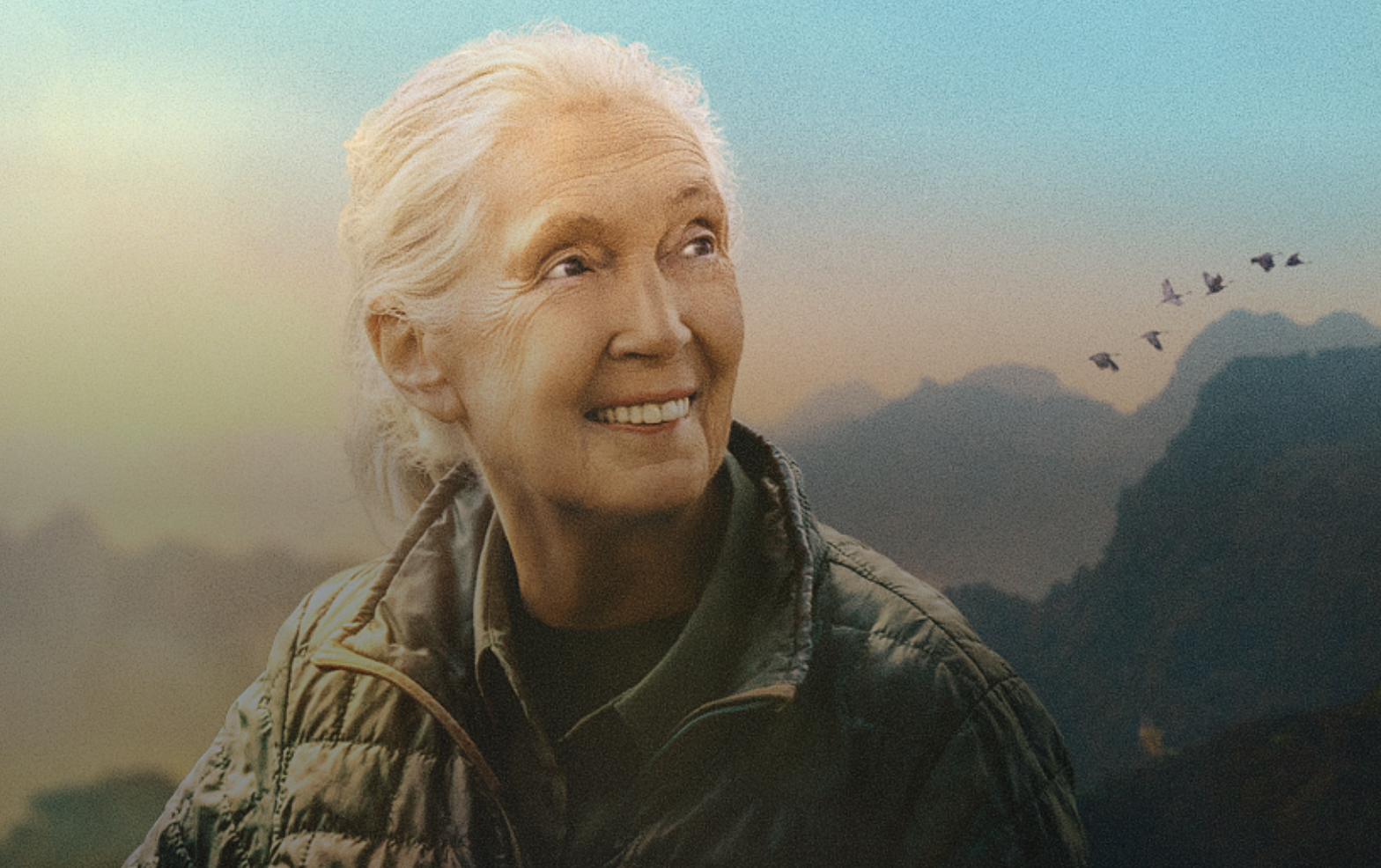
Cards Module - Manual content - Jane Goodall
Drawing on decades of work by the world’s most famous living ethologist and environmentalist, Jane Goodall – Reasons for Hope is an uplifting journey around the globe to highlight good news stories that will inspire viewers to make a difference in the world around them.

Contact Module - Custom - No image, icons...

Contact Module - Custom - with image, icons...
Contact Us

Contact us
Anne-Marie Fournier
Sales Executive Corporate Organizations, Weddings, Not-for-profit organizations, Associations and Meetings
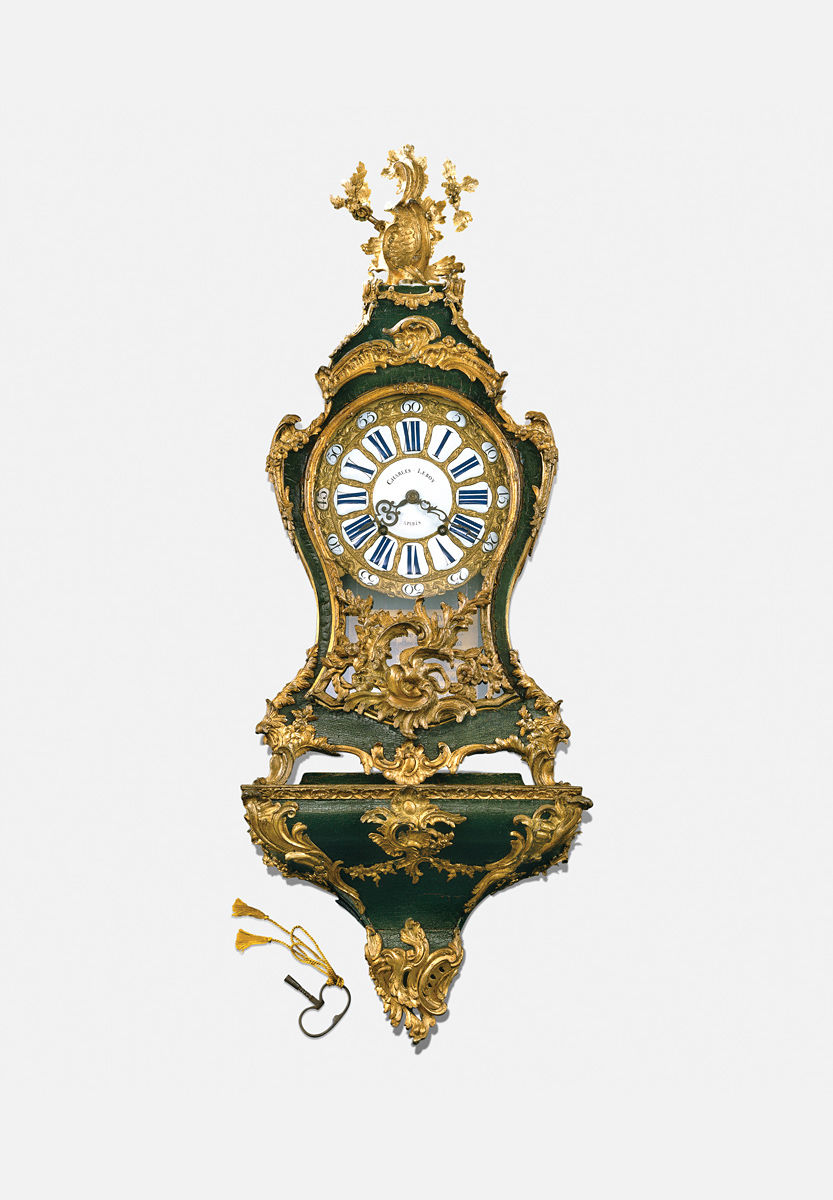
Primary - GOVERNING NEW FRANCE
Secodary - THE CIVIL ADMINISTRATOR
Tertiary - THE SPIRITUAL LEADER
Quaternary - THE SEIGNEURS
With royal officials in control, New France became more than a fur-trade outpost. French women arrived in large numbers, and farms and families flourished.
King Louis XIV and his chief minister Jean-Baptiste Colbert gave New France a government similar to that of a French province. In New France — unlike France — there were no powerful local leaders to compete with the royal administration.
On paper, New France was a model of absolutist rule. But in practice, colonists enjoyed more prosperity and independence than their counterparts in France.
Three officials, the governor general, the intendant and the bishop of Québec, administered the colony on the king’s behalf. All three served on the sovereign council — the colony’s highest court.
To encourage settlement, the government rewarded prominent subjects with large land grants. These new seigneurs, or lords, granted portions of their lands to settlers, called habitants, in return for annual payments. The government also offered habitants incentives to marry and start families.
The governor general was the highest-ranking official in New France. His palace, the Château Saint-Louis, was the colony’s social centre. His main responsibilities were the colony’s defence and managing relations with First Nations.
The intendant managed the colony’s internal affairs, including justice, currency, finance, agriculture and trade. The office was as powerful as the governor general’s, but not as prestigious.
The Church functioned as an arm of the state, running schools, hospitals and charities. The bishop sometimes disagreed with civil officials and with habitants who resisted religious taxes, or tithes.
New France’s system of land ownership rewarded loyalty and encouraged settlement. The first seigneurial grant, to surgeon Robert Giffard in 1634, was awarded in Beauport, near Québec City. Later grantees included military officers, civil servants and religious institutions. In theory, annual fees from habitants would support the seigneur. In practice, the fees, paid in cash or in kind, were very modest. In the 1600s, some seigneurs were not much better off than their habitants.
Disclaimer text
Media Grid Module 2
Media Grid Module
Override Banner Title - default behaviour
Corrections Form Module

Stylized Content Module - Accessibility Plan
Including and welcoming people with disabilities in all aspects of our organization is a top priority for the Museums. We are committed to improving accessibility by implementing this accessibility plan over the next three years. We are also dedicated to continuing the work of examining our practices and policies.
Accessibility PlanTable Module - Style Dates&Times - id=3
Dates & Times
| Friday June 2nd, 2023 | English 9:30 am - 3:30 pm |
| French 9:30 am - 3:30 pm | |
| Friday June 2nd, 2023 | English 9:30 am - 3:30 pm |
| French 9:30 am - 3:30 pm |
Table Module - Style Two - id=2
Table style two
| Category one | Category two | Category three | Category four |
| Column One | Column One | Column One | Column One |
| Column One | Column One | Column One | Column One |
| Column One | Column One | Column One | Column One |
| Column One | Column One | Column One | Column One |
Table Module - Style One - id=1
Table style one
| Category one | Category two | Category three |
|
Column one Ultricies tristique nulla aliquet enim tortor. Ut ornare lectus sit amet est placerat. |
||
|
Column one Ultricies tristique nulla aliquet enim tortor. Ut ornare lectus sit amet est placerat. |
N/A | |
|
Column one Ultricies tristique nulla aliquet enim tortor. Ut ornare lectus sit amet est placerat. |

Image Caption – Canada C3
Venez vivre l’expédition Canada C3 grâce à ce film inspirant, qui retrace le voyage marquant de 150 jours de Toronto jusqu’à Victoria par le passage du Nord-Ouest d’un brise-glace en 2017.
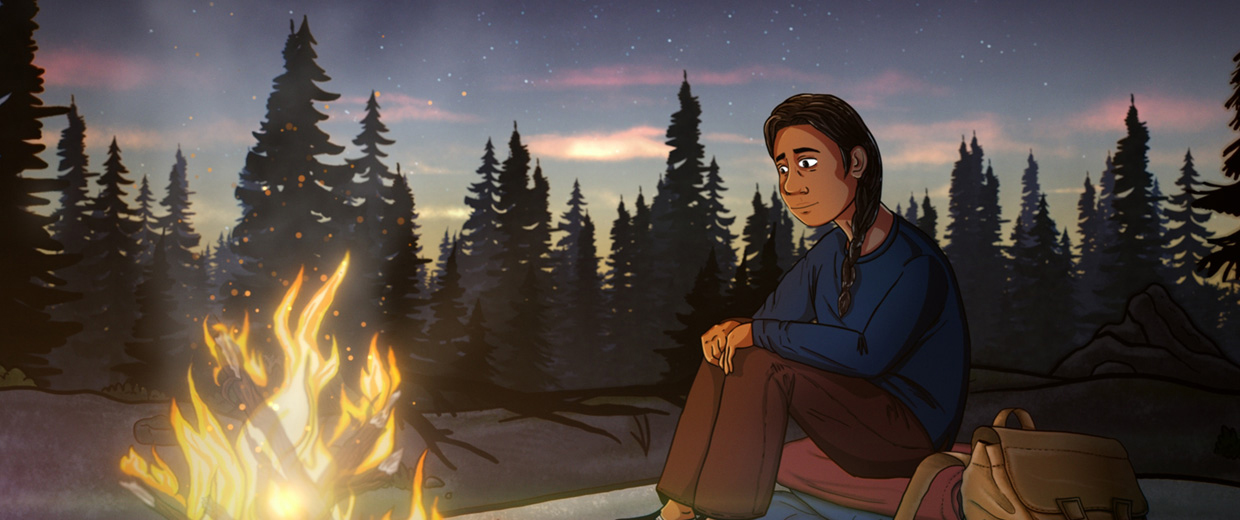
Image Caption – Seven Sacred Laws
Image Accreditation – Seven Sacred Laws

Image Caption – Dino Dana
Image Accreditation – Dino Dana
Forms Module
Primary Museum

Travelling exhibition
Hockey
Copy - Travelling exhibitions (SH)

Morning Star
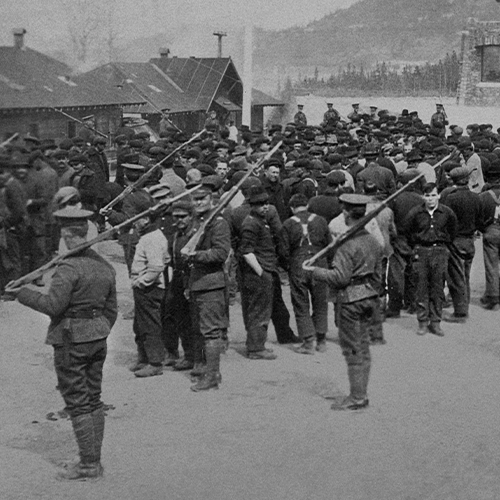
Travelling exhibition
Lost Liberties — The War Measures Act
Secondary Museum

Travelling exhibition
First World War

Travelling exhibition
The Wounded
This is a test

Image caption 1
Photo: Courtesy of Jane Goodall
Image 1 - Secondary
Tertiary Title
Quaternary Title
Drawing on decades of work by the world’s most famous living ethologist and environmentalist, Jane Goodall – Reasons for Hope is an uplifting journey around the globe to highlight good news stories that will inspire viewers to make a difference in the world around them.
Featured stories — such as the worldwide-recognized Sudbury regreening story, the re-introduction of the American bison by the Blackfeet Nation, the northern bald ibis’ migration over the Alps, and inspiring youth-led initiatives involved in Jane Goodall’s Roots & Shoots — are accompanied by historic footage of Jane’s beginnings as a chimpanzee researcher.
Disclaimer text
Wherever you may be, dive into the history of this country with travelling exhibitions from the Canadian Museum of History and the Canadian War Museum. Each year, this well-established program and its expert staff invite museums from across Canada, and around the world, to take their visitors on a journey through time.

image caption 2
CMH, IMG2017-xxx-xxx-DM
Image 2
Explore the enduring mystery behind Sir John Franklin’s tragic expedition. Leaving Britain in 1845 to chart the Northwest Passage through the Arctic, the expedition’s two ships and 129 men never returned. Through historical artifacts and Inuit oral history, this groundbreaking exhibition provides the most comprehensive account to date of Franklin’s final voyage.
An exhibition developed by the Canadian Museum of History (Gatineau, Canada), in partnership with Parks Canada Agency and with the National Maritime Museum (London, United Kingdom), and in collaboration with the Government of Nunavut and the Inuit Heritage Trust.
Disclaimer text
The rascals [the British] have been bullying us these ten years, and I am glad the time has come when we can have satisfaction.
And the star-spangled banner in triumph doth wave, O’er the land of the free and the home of the brave.
Certainly we won [the War of 1812]. Because if we hadn’t, we’d be using loonies and toonies instead of dollar bills, wouldn’t we?
Accordion Module
Content Module Title
Column 1
Whether you choose an exhibition with artifacts, or one without, the wide array of available exhibitions can be adapted to just about any host institution. Modular and bilingual, our exhibitions generally include a detailed installation manual, a guide for interpretive programming and promotional tools.
Column 2
Featured stories — such as the worldwide-recognized Sudbury regreening story, the re-introduction of the American bison by the Blackfeet Nation, the northern bald ibis’ migration over the Alps, and inspiring youth-led initiatives involved in Jane Goodall’s Roots & Shoots — are accompanied by historic footage of Jane’s beginnings as a chimpanzee researcher.
Disclaimer text
Column Three
From start to finish, the film reinforces the four reasons for hope, according to Jane, to foster tremendous optimism for the future: the amazing human intellect, the resilience of nature, the power and dedication of young people, and the indomitable human spirit.
Disclaimer text
Museums assistance program
The Exhibition Circulation Fund provides support towards the borrowing fees for travelling exhibitions. Applications are accepted throughout the year.
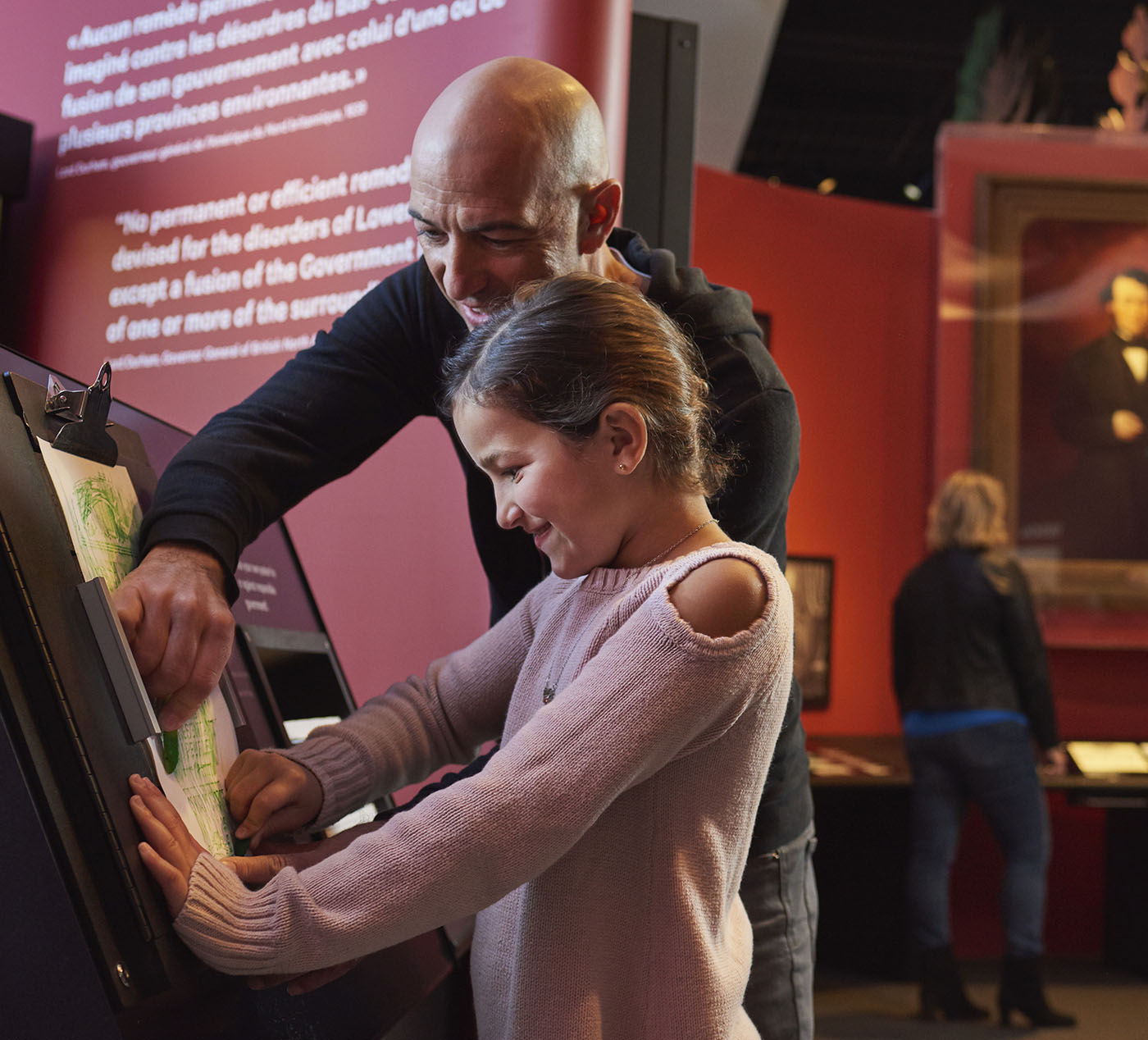
Our exhibitions
Our programming abounds in discovery, thanks to the outstanding travelling exhibitions offered by the Canadian Museum of History and the Canadian War Museum.
Exploring the suspension of civil liberties in Canada during the First World War, the Second World War and the 1970 October Crisis, Lost Liberties – The War Measures Act sheds an unpublished and poignant light on the enduring impact of the Act on Canada and its people.
The Ones We Met highlights the importance of traditional Inuit knowledge in determining the fate of the Franklin Expedition. Relive key moments in Canadian history through the exhibition Snapshots of Canada.
Munnings – The War Years explores battlefield realities of the First World War in oil paintings and sketches featuring equestrian scenes, landscapes, and portraits. The Wounded presents black-and-white portraits of 18 Canadian soldiers who served in Afghanistan, sharing stories of loss, recovery, and hope.
No matter where you live, our Museums come to you, helping you get to know more about our shared past.
Offers from the Canadian War Museum

Travelling exhibition
The Wounded

Travelling exhibition
Munnings – The War Years
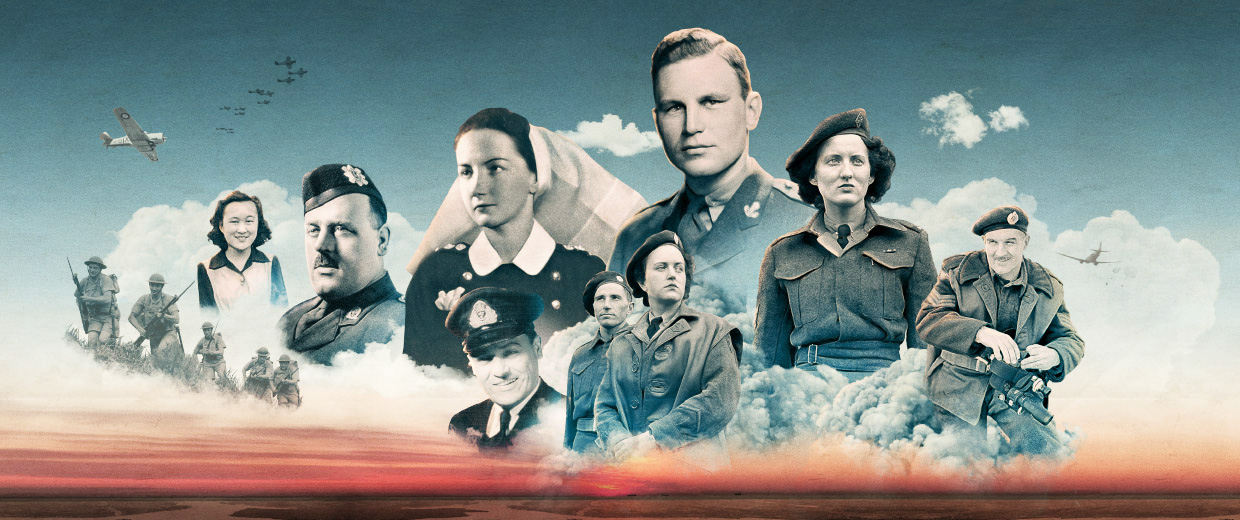
Travelling exhibition
World War Women
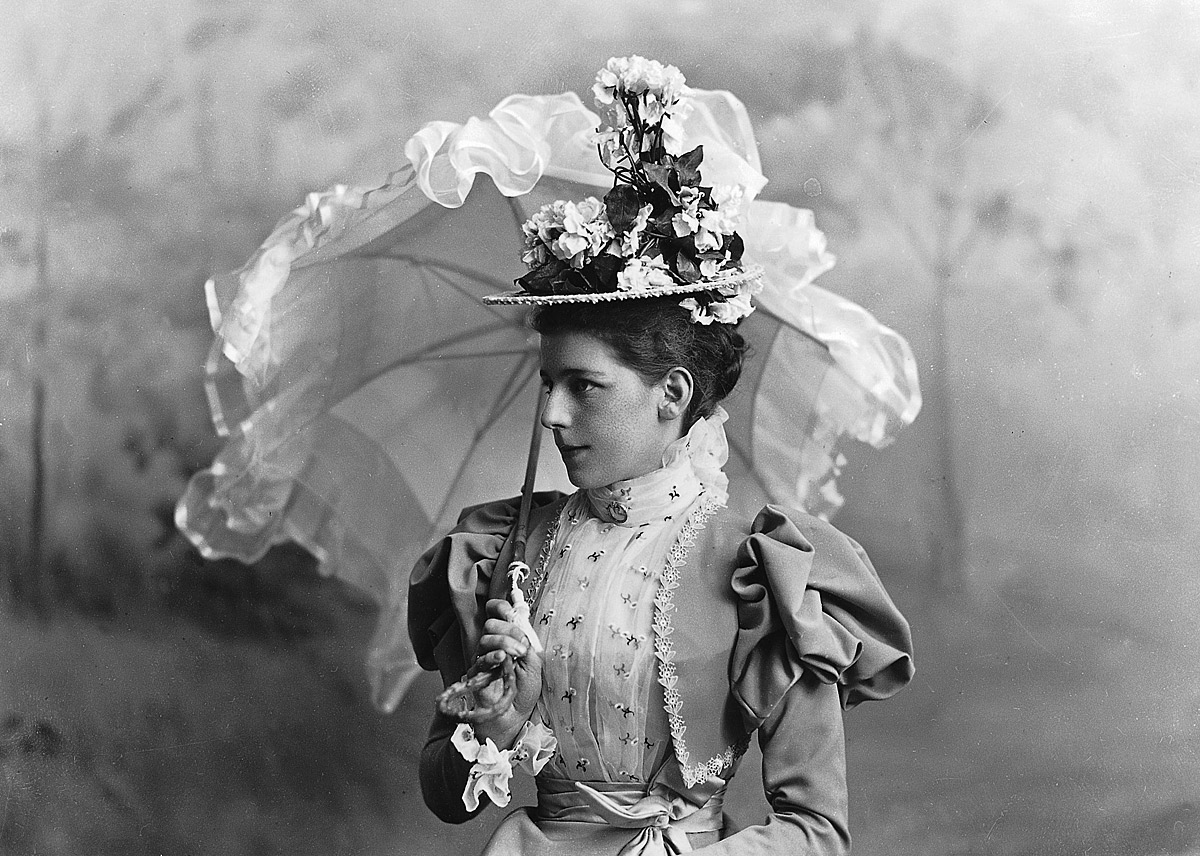
Two Column Content & Image Module
This is a test.
Exploring the suspension of civil liberties in Canada during the First World War, the Second World War and the 1970 October Crisis, Lost Liberties – The War Measures Act sheds an unpublished and poignant light on the enduring impact of the Act on Canada and its people.
The Ones We Met highlights the importance of traditional Inuit knowledge in determining the fate of the Franklin Expedition. Relive key moments in Canadian history through the exhibition Snapshots of Canada.
Munnings – The War Years explores battlefield realities of the First World War in oil paintings and sketches featuring equestrian scenes, landscapes, and portraits. The Wounded presents black-and-white portraits of 18 Canadian soldiers who served in Afghanistan, sharing stories of loss, recovery, and hope.
No matter where you live, our Museums come to you, helping you get to know more about our shared past.
Un pays défendu par des hommes libres, enthousiastes à l’idée de se consacrer à la cause de leur Roi et de la Constitution, ne peut jamais être conquis.”
Le moral des Américains était très haut et, lorsque j’ai dit que j’étais Canadien, l’un des officiers s’est mis à rire et m’a dit : ‘’ Vous serez bientôt régis par le gouvernement américain, mon garço”
Juin 2012 marquera le 200e anniversaire de la déclaration de la guerre de 1812, une guerre où les Autochtones, des milices locales, des milices de volontaires et des régiments formés de francophones e”
Le gouvernement du Roi... [m’a], de manière non équivoque, exprimé son désir de préserver la paix avec les États-Unis afin qu’il puisse, de manière constante, poursuivre, avec toutes les forces dont i”
Video Module
About the Canadian Museum of History
This welcome video introduces the Museum’s collection and offers a land acknowledgement.
Personnel Module
Logos Module
Partners
With support from



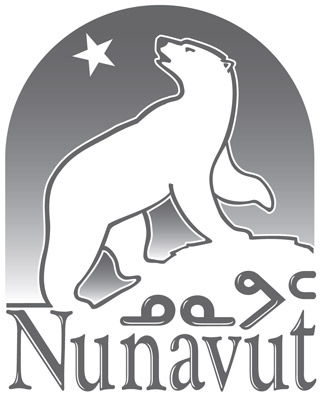

While the British Army defended Canada, the Royal Navy sought to force the United States to end the war by blockading the American coast and conducting amphibious raids.
Halifax, Nova Scotia provided an essential base of operations for the Royal Navy in North American waters.
The United States could not defeat Britain in North America without capturing Quebec City.
In 1812, Britain sought to defend Canada without compromising its war against Napoleonic France.
Bucket Link Module 1
When the British look back at the early nineteenth century, they remember the Napoleonic Wars, not the War of 1812. To support the war with France, the British forced sailors from American ships to join the Royal Navy and attempted to control American trade with French-occupied Europe. When the United States responded by declaring war, Britain defended Canada and blockaded American ports, but never lost sight of its primary goal: defeating Napoleon.
The King’s government … [has] most unequivocally expressed to me their desire to preserve peace with the United States, that they might, uninterrupted, pursue with the whole disposable force of the country, the great[er] interest in Europe.
– George Prevost, British, Governor General of Canada, 1812



